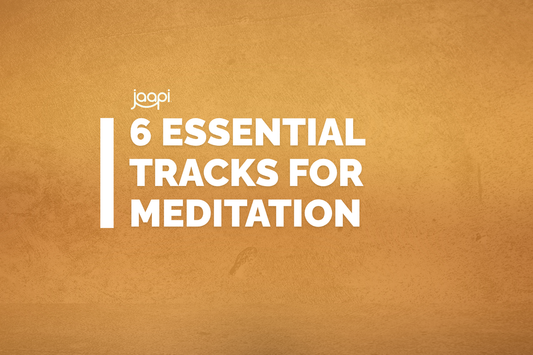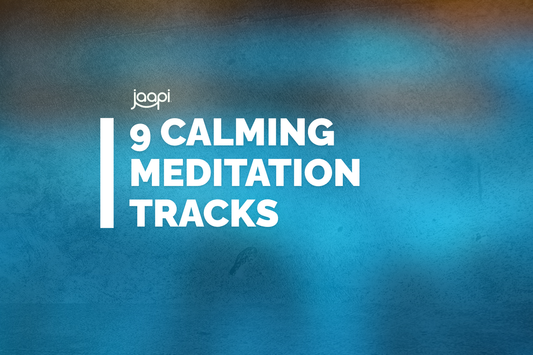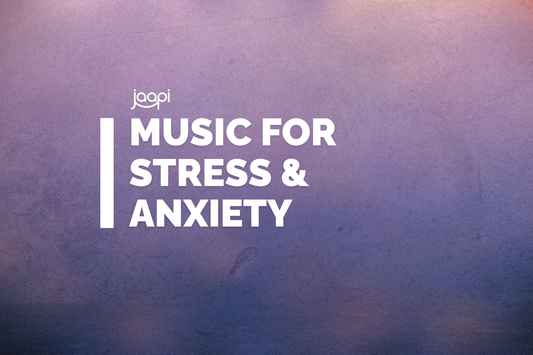What Are the 4 Types of Brain Waves? (Actually 5!)
Your brain produces five main types of electrical waves: Beta (alert and focused), Alpha (relaxed but awake), Theta (deeply meditative), Delta (deep sleep), and Gamma (peak concentration). Each operates at different frequencies and creates distinct mental states—which is exactly why sound healing can shift your mood and focus so effectively.
Affiliate Disclosure: As an Amazon Associate, we earn from qualifying purchases. We only recommend external tools that complement your practice.
The Five Brain Wave States
Beta Waves (14-30 Hz) - Your Everyday Mind
This is where most people spend their waking hours—alert, focused, sometimes stressed. Beta waves help you solve problems, make decisions, and stay engaged with daily tasks. But too much time in beta can leave you feeling anxious or mentally exhausted.
Alpha Waves (8-13 Hz) - The Relaxed State
Alpha is that pleasant zone between waking and sleeping—relaxed but still aware. This is where creative insights often happen. When you close your eyes and take a few deep breaths, you're shifting into alpha. Sound healing specifically targets this state because it feels calming while keeping you conscious.
Theta Waves (4-7 Hz) - Deep Meditation
Theta waves show up during deep meditation, daydreaming, and light sleep. This is where your subconscious becomes more accessible—emotions surface, memories connect, and creative breakthroughs happen. Many people find theta through consistent meditation practice or therapeutic sound sessions.
Delta Waves (0.5-3 Hz) - Healing Sleep
Delta is your deepest sleep state—where physical healing, immune function, and cellular repair happen. If you struggle with sleep, shifting into delta waves is the goal. Certain frequencies can help guide your brain there more easily. See our post on the best frequencies for sleep for more on this.
Gamma Waves (30-100 Hz) - Peak Performance
Gamma represents your highest level of focus and information processing. Athletes call it "the zone," meditators call it "flow state." Gamma waves connect different parts of your brain for peak cognitive performance.
Explore our royalty free meditation music designed to guide your brain from stressed beta into calming alpha and theta states.
Start your practice:
Download free meditation music and feel the difference in your mental state.
How Sound Changes Your Brain Waves
Here's where it gets interesting—your brain naturally syncs to rhythms and frequencies you hear. This is called "brainwave entrainment." When you listen to music or tones at specific frequencies, your brain gradually matches its electrical activity to those sounds.
That's why 432 Hz music tends to feel grounding (it encourages alpha waves), while certain binaural beats can guide you into theta for deeper meditation. You're literally tuning your brain like an instrument.
Practical Ways to Work With Brain Waves
- For better focus (Beta) - Try upbeat frequencies or binaural beats in the 14-30 Hz range when you need to concentrate
- For relaxation (Alpha) - Gentle frequencies like 528 Hz help shift from busy beta into calm alpha. Good headphones enhance the entrainment effect.
- For deep meditation (Theta) - Longer sound healing sessions with consistent tones guide your brain into theta naturally. Use a meditation cushion for comfortable seated practice.
- For better sleep (Delta) - Low-frequency sounds and certain nature tones before bed encourage delta waves. A weighted blanket combined with sleep frequencies works particularly well.
- Track your patterns - Keep a journal noting which frequencies help you reach different states—everyone's brain responds slightly differently.
Why This Matters for Mental Wellness
Most modern stress comes from being stuck in beta waves all day—your brain never downshifts. Learning to consciously move between brain wave states gives you better control over your mental and emotional experience.
Sound healing makes this easier because you don't have to "try" to change your brain waves—you just listen, and your brain naturally entrains. It's one of the simplest ways to shift your state without medication or intense effort.
For more on how sound affects your overall mental health, see our post on how sound impacts mental wellness. And if you want to understand the broader picture, check out our post on sound healing's effects on the brain.
Getting Started
You don't need fancy equipment or neurofeedback devices to work with your brain waves—just good frequencies and a quiet space. Start with 10-15 minute sessions and pay attention to how different sounds make you feel. Your brain is already wired to respond to sound—you're just learning to use that response intentionally.









